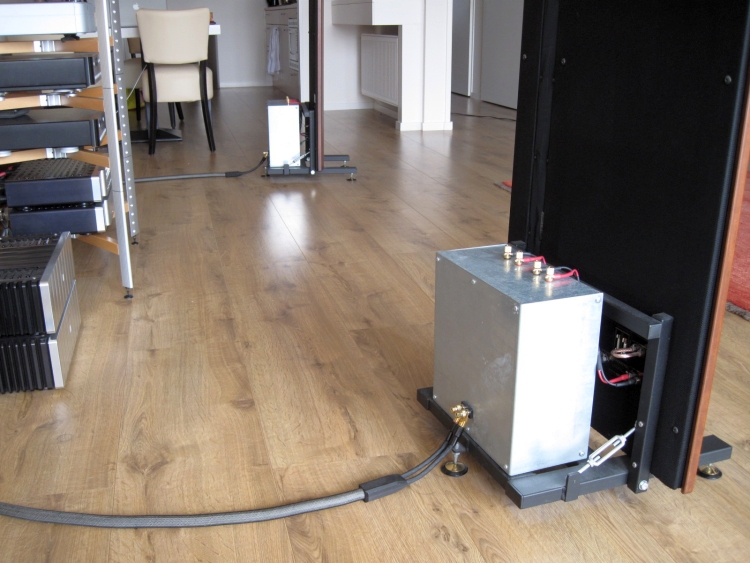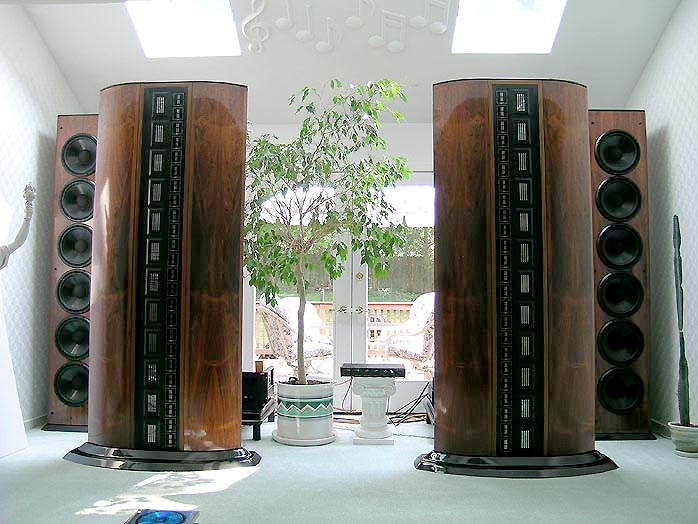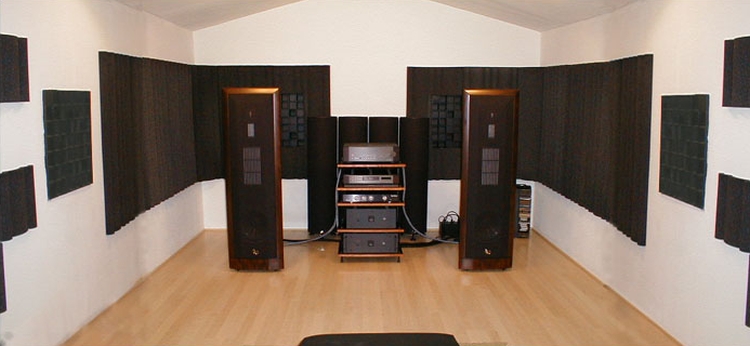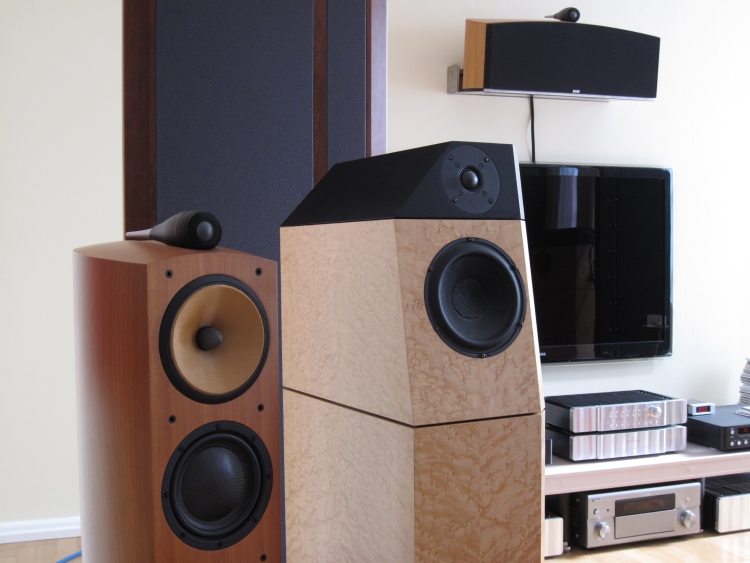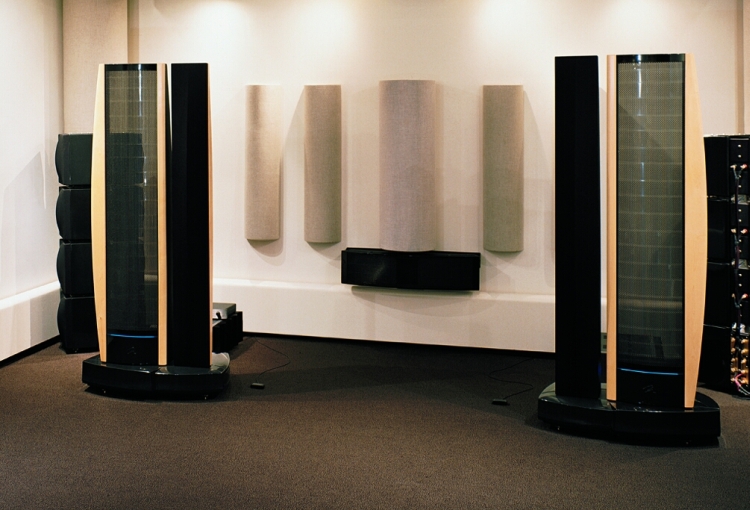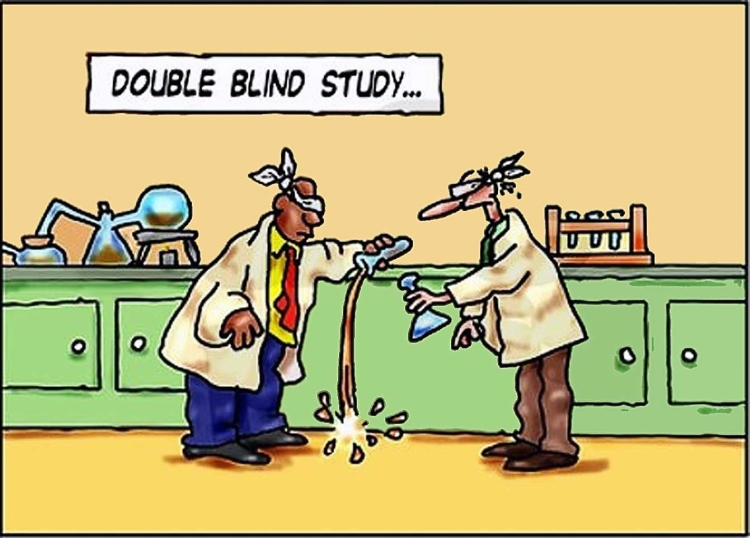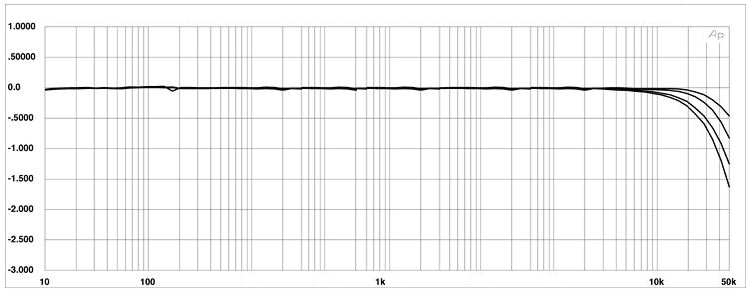
Open, airy, rolled-off, dark etc, there is a lot to say about the high frequencies
After having discussed this many times, it is my belief that many people misinterpret what they hear or label the phenomenon incorrectly. For starters: treble that is perceived and described as being rolled off is often not rolled off at all, just less forward in the upper mids.
The matter of high frequency interpretation – different people, different opinions.
Rolled off
I have the impression that the opinion of myself and some friends differs from the widely accepted opinion, if forums are anything to go by. It seems that many people are actually talking about upper mid frequencies when they refer to treble. The same I think is true for the use of the term “Rolled off treble”. What rolling off means is that from a certain frequency, let’s say 3kHz, the treble is gradually reduced in level, being most attenuated at the highest frequency extreme. This is what rolling off means in theory. But it is, in my opinion, not at all what people use it for to describe what they hear.
Every component that I’ve heard so far, about which people say that it has rolled off treble, doesn’t sound rolled off in my opinion. Rather, the upper mid frequencies are less forward, making the component sound less bright. But the actual upper high frequencies in these examples are often open and airy, as is the case with many Jeff Rowland products such as they Synergy preamp and model 6 poweramps. It is just that many people don’t perceive upper air as such.
Perceived detail
It is much the same as perceived detail. When a component sounds more forward in the mid frequencies, many people will feel that it sounds more detailed than a more laidback sounding component. However in my experience I’ve come across many components that, while sounding laidback, are still well-layered and have excellent low level detailing. Still, many visitors would choose the component that sounded more lively and say that it was more detailed while it was actually more coarse and lacking in layering.
Dynamics
The last side-step I’m taking, before moving on with the actual subject of this article is the matter of dynamics. Again this is a subject prone to misinterpretation. The common interpretation of dynamics is very much the same as loudness. The more forward and loud sounds are, the more dynamic we think they are. But this is seeing it wrong. Actual dynamics describe the difference between the softest and loudest sounds. The bigger the difference, the higher dynamics are. But a lot of components are shifted towards tha louder end of the scale. These products do sound very lively and dynamic but in fact they truncate the dynamic range into the louder end of the spectrum, overseeing the softest and subtlest sounds. If you turn this around, you can also look at the softest side of the scale. If a component can differentiate between super-soft and intricate sounds at various low levels but doesn’t shout while doing so, we tend to think that it is undynamic while in fact it is just as dynamic, only slid on the dynamics-scale. To make matters worse, many amplifiers truncate dynamics into the last bit of the scale and while they sound very lively and dynamic to many people, in fact they are compressing all sounds into the louder end of the scale. By doing so, they are actually undynamic. Even though they sound impressive at first.
Interpretation and relation with speaker technology
Stepping back to the original intent of this article, maybe I’m stretching here but could it be that many people don’t hear very well above a certain frequency? I certainly don’t claim to have golden ears, but it could be down to training or listening in a certain way. Or maybe it is just that the upper mid frequencies stand out much more and they are what defines a product’s sonic signature, much more than the actual high frequency-air does. But there’s another possible explanation. I’ve always had speakers with very extended high frequency response, like the B&W Nautilus range and currently Magnepan magnetostats with pure ribbon tweeters. Because my speakers can and do portray the upper frequencies so well, and many other speakers have trouble doing so, it is probably safe to assume that many people have not yet heard what I mean when I am talking about air and treble extension. It may also explain why some people find Jeff Rowland amps to sound rolled off, while in fact they have excellent treble extension but a non-aggressive, very smooth mid-treble, which would indeed, on many speakers lacking that ultimate high frequency extension, translate into a sound appearing rolled off.
Jeff Rowland
Now that we’re on the subject of Rowland, many people say that Rowland gear sounds smooth, warm and rolled off in the treble. While this is true for the oldest products they made, it is certainly not true for the later equipment. In fact, Rowland has the most airy treble that I have yet encountered in preamps and poweramps. The thing is, Rowland equipment never shouts, is never aggressive and its treble is always so very free from fatigue that many people, used to more aggressive sounding gear, perceive the Rowland sound as being rolled off in the treble.
Transparent (the brand) Cables
The same is true to some extent, for older Transparent (the brand) audio cables. The old Super, Ultra, reference and the XL variants all have a forgiving sound and don’t shout. They also have extremely refined and extended treble and air. It is just that the lower treble is perhaps a bit recessed compared to some cables and, combined with speakers that don’t extend very well, this could lead to the impression that these cables sound rolled-off. This feeling is then substantiated by the presence of the infamous “network” boxes on these cables. These boxes do indeed contain highe frequency filtering but on extremely high frequencies that have nothing to do with audio.
No matter the cause, the term Rolled off I feel is often used in the wrong context. Not only because I feel so but also if you look at it from a technical viewpoint. The vast majority of products measure flat up to 20kHz, which is much higher than adult people can hear. Of course, rolling off is a real phenomenon and there are components that do sound rolled off.
You see, there is a lot of ground for misinterpretation and debate. The above is my interpretation and you may or may not agree but I certainly hope to have provided some food for thought.

